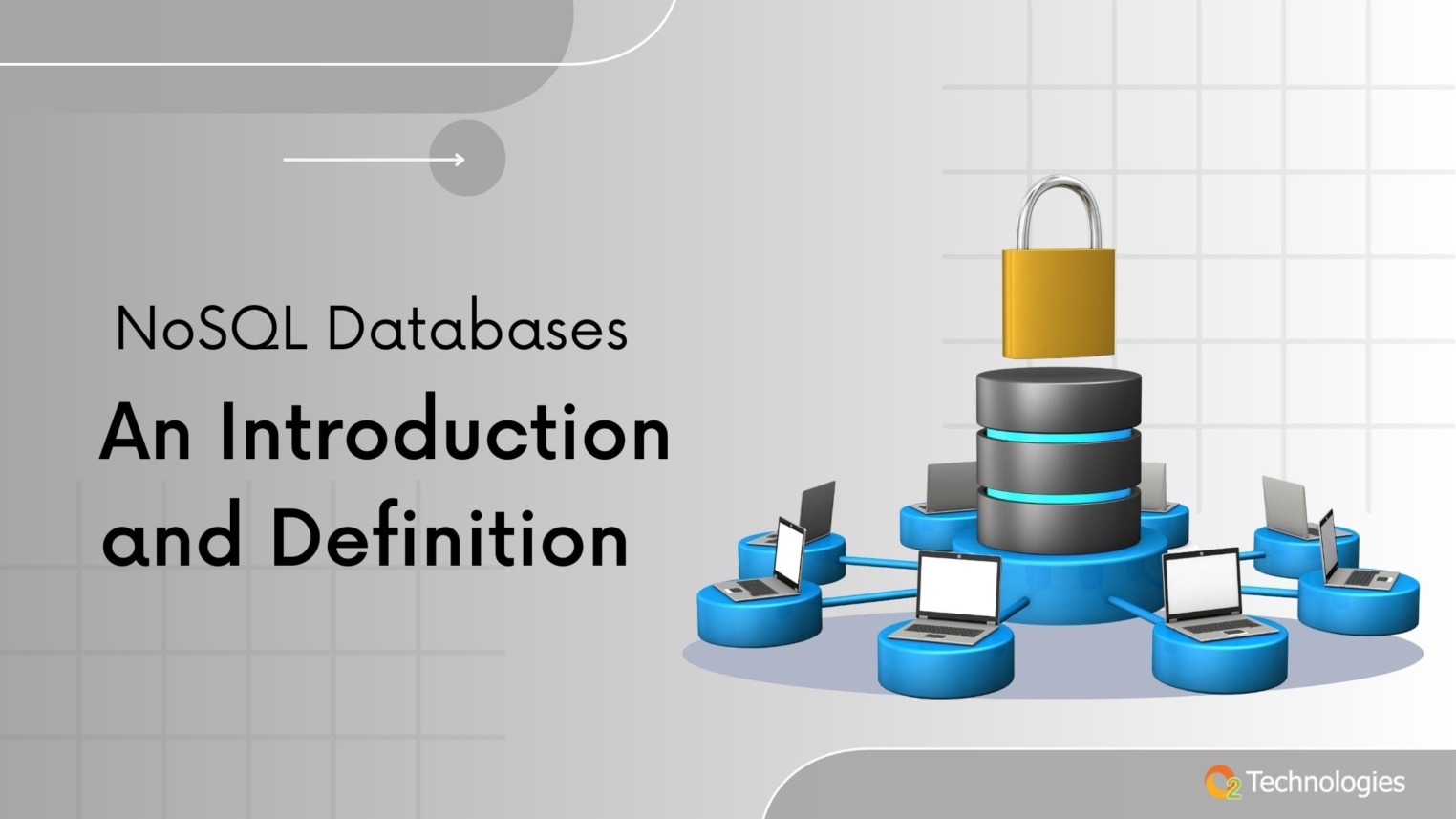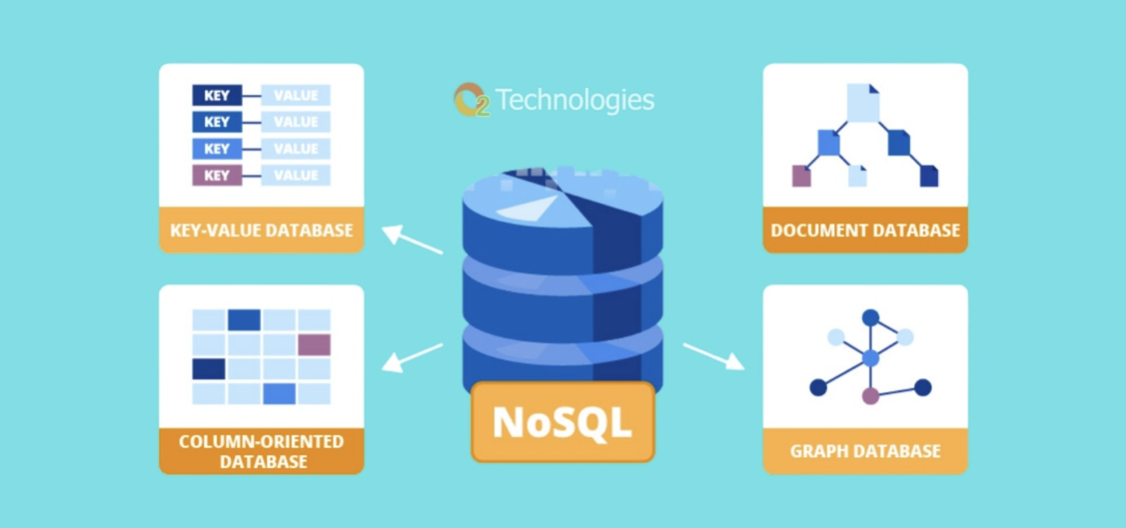
If you’ve spent much time working with databases, you’re probably familiar with SQL databases. Due to their schemas, they typically have stiff structures and are only vertically scalable, which means the only way to boost performance is by purchasing expensive hardware. SQL is excellent at eliminating duplicate content, which lowers storage costs. It worked well in the 1970s, 1980s, and 1990s when storage was expensive and in high demand, but less so in the 2000s, 2010s, and beyond when storage prices have dropped precipitously. NoSQL was created as a result since there was no compelling need to adhere to the limitations of SQL. NoSQL databases, sometimes known as “not only SQL,” can store and retrieve data that is modeled differently from tabular relations in SQL databases, which makes them particularly useful for managing big data.
Benefits of NoSQL
Flexibility
NoSQL databases aren’t relational and don’t employ a schema, so they are effectively freeform. This NoSQL characteristic is related to design rather than a unique language developed to deal with database management, therefore depending on your needs, you can utilize a variety of different data models with NoSQL.
Scale-out structures
NoSQL is horizontally scalable, so you can add more shards without having to buy more expensive hardware and still be functional. So, depending on how far you need to scale it, NoSQL is virtually indefinitely scalable, with the extension process being rather simple.
Decreased development expenses
There is no need to employ a schema designer because NoSQL doesn’t often use one. Additionally, since you may very much combine and match things to your heart’s content, the database design process is made less strenuous because you don’t have to worry about adding new fields or data types. As a result, database installation, deployment, and regular use will be simpler.
Issues with NoSQL
Data reliability
Consistency is frequently compromised with NoSQL databases, which is the main disadvantage. While the majority of relational databases adhere to the ACID principles (Atomicity, Consistency, Isolation, and Durability), only a tiny portion of well-known NoSQL databases (such as Azure Cosmos DB and Amazon DynamoDB) do. An ACID guarantee, to put it simply, ensures that no data will be lost by the database you’re using unless specifically intended.
Lack of potential for development
Because NoSQL is not as popular as SQL, there aren’t as many NoSQL experts sitting around doing nothing. Finding experts will be difficult given these factors, as well as the fact that there are many distinct NoSQL data models to be familiar with. You’ll typically need to turn to smaller specialist forums and the database’s own documentation for solutions to any problems that may arise.
Scalability
Because NoSQL overlooks data duplication (and occasionally needs it by definition), it consumes a lot of storage space. You’ll probably require more storage than a SQL database, perhaps by an order of magnitude. However, because data storage is inexpensive these days, this need won’t have much of an influence.
NoSQL database types
Despite the fact that there are several dozen NoSQL databases, they mostly rely on a small number of data models.

Key-Value Database
Hash tables are used by key-value stores to store a pointer, or key, that points to a value that contains information or data. Hence the name, key, and value! Because data can consist of almost anything, this form of data model is very adaptable, allowing you to locate a database to meet any unique requirements. It makes sense that one of the most widely used data models for NoSQL databases is key-value stores. Key-value stores are also fantastic for use cases requiring high performance and/or big volume. For instance, the key-value database DynamoDB serves millions of users worldwide almost instantly.
Column-oriented
This kind of data model stores data in columns nestled inside other families of columns rather than in rows. Think about groups inside columns inside groups. Column-oriented databases feature excellent data aggregation capabilities and data access performance since data is stored in such an effective manner. On the other hand, difficult inquiry is unquestionably disappointing.
Records Storage
The way standard SQL would connect XML and JSON is not how document stores do it. And because they are not constrained to move at the speed of the slowest denominator when these two are decoupled from one another, they can operate at their optimal efficiency. It’s interesting that certain NoSQL databases are even designed exclusively for XML. Unusually, document stores are occasionally seen as a sub-type of key-value stores; yet, this data model subtype is significant enough to warrant its own section. Since you can include any data type, this versatility contributes to its appeal.
Graph
This data architecture is ideal for a database that stores data in graph form, as you would have inferred from its name. Information is represented as both nodes and edges in this sort of data architecture. More specifically, the edges represent the connections between the various nodes, but the nodes themselves store data like addresses, names, dates, and so forth. It enables graph data models to display the connections between frequently dissimilar sets of data, assisting you in extracting pertinent and helpful information.
It’s time to use NoSQL to help your business flourish. Despite their potential for great power, NoSQL databases are not suited for taking the place of SQL. In actuality, they are designed to cooperate with and enhance SQL databases. Contact the experts at O2 Technologies if you require any help with creating, building, or integrating a NoSQL database into your analytics or development environment.
